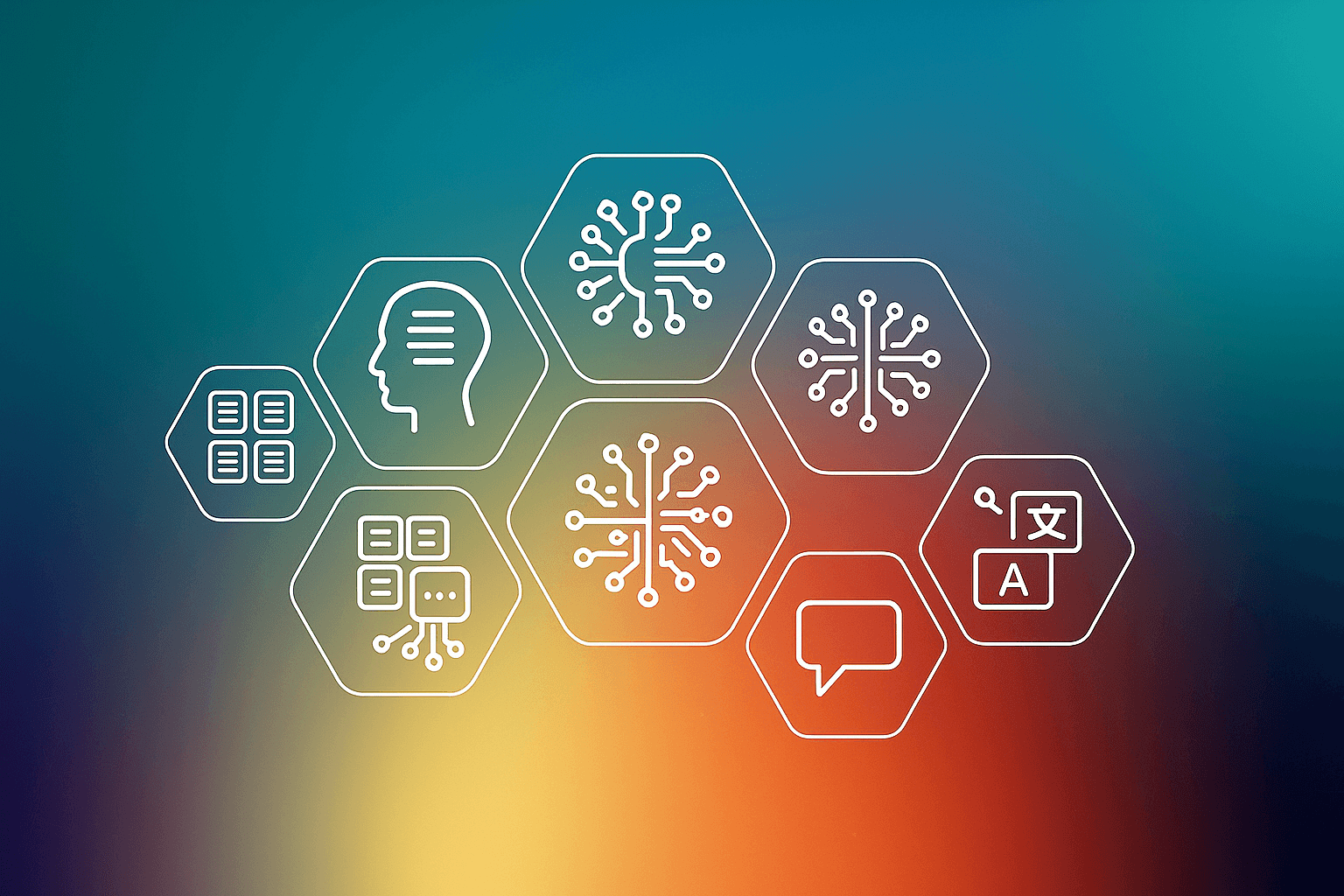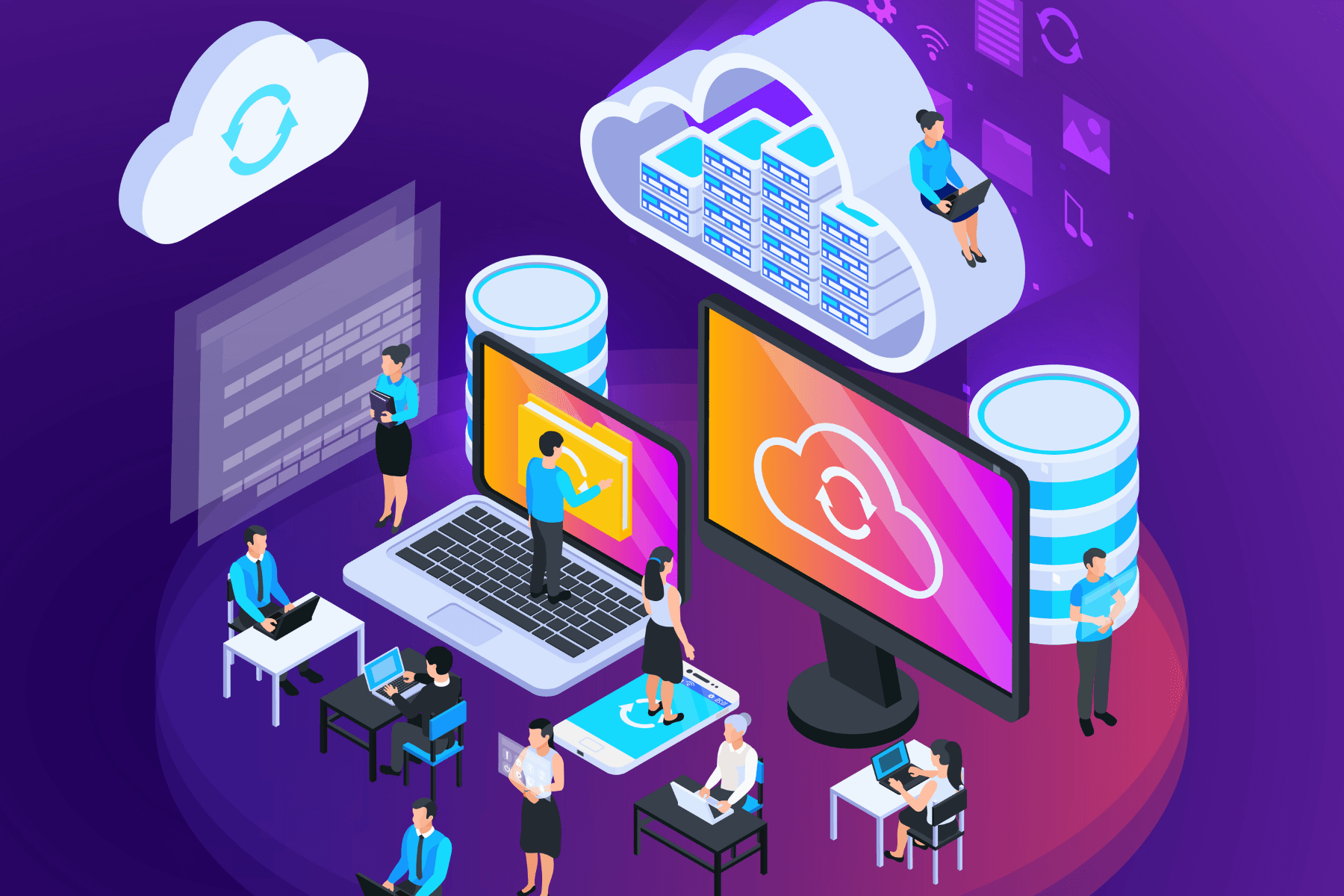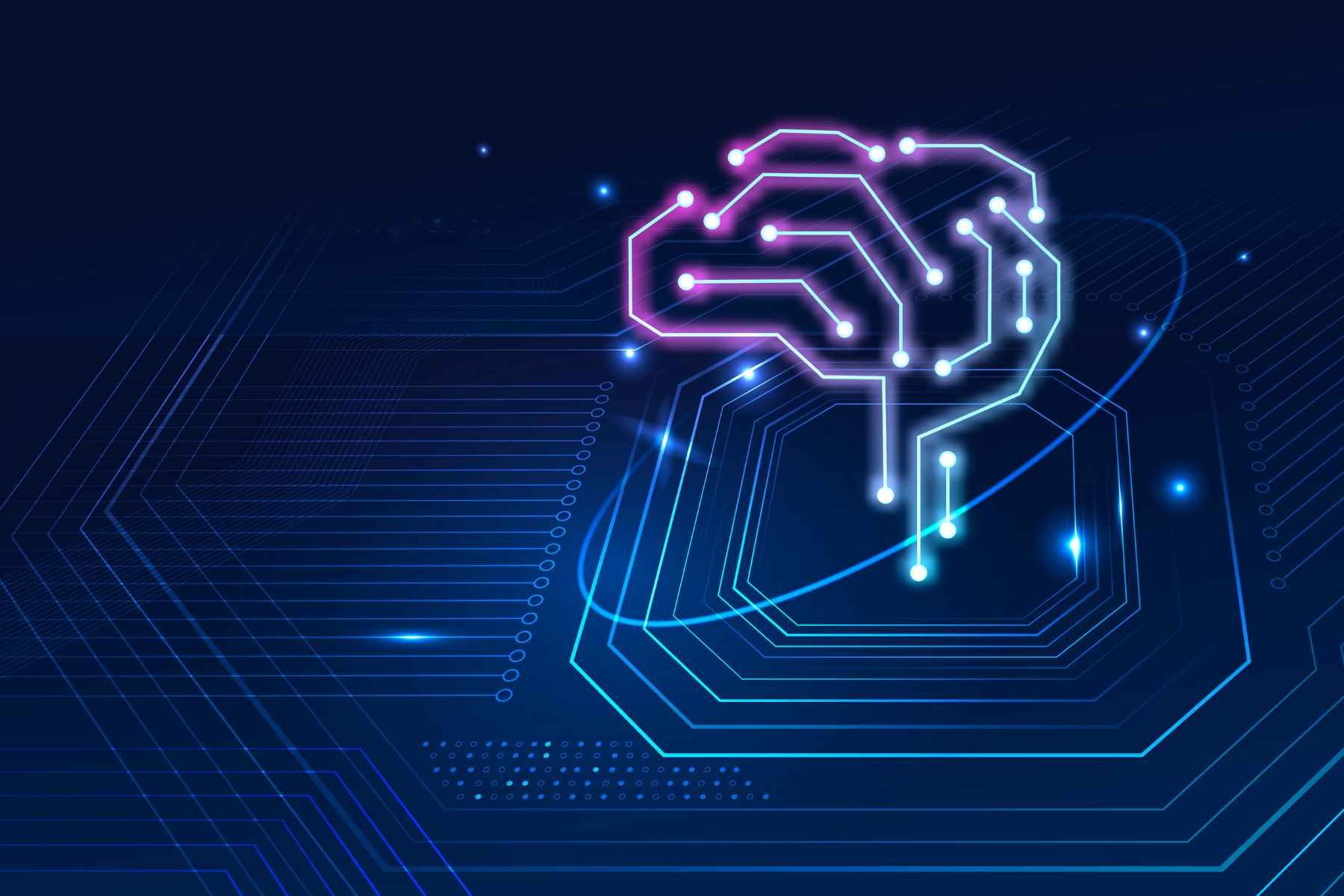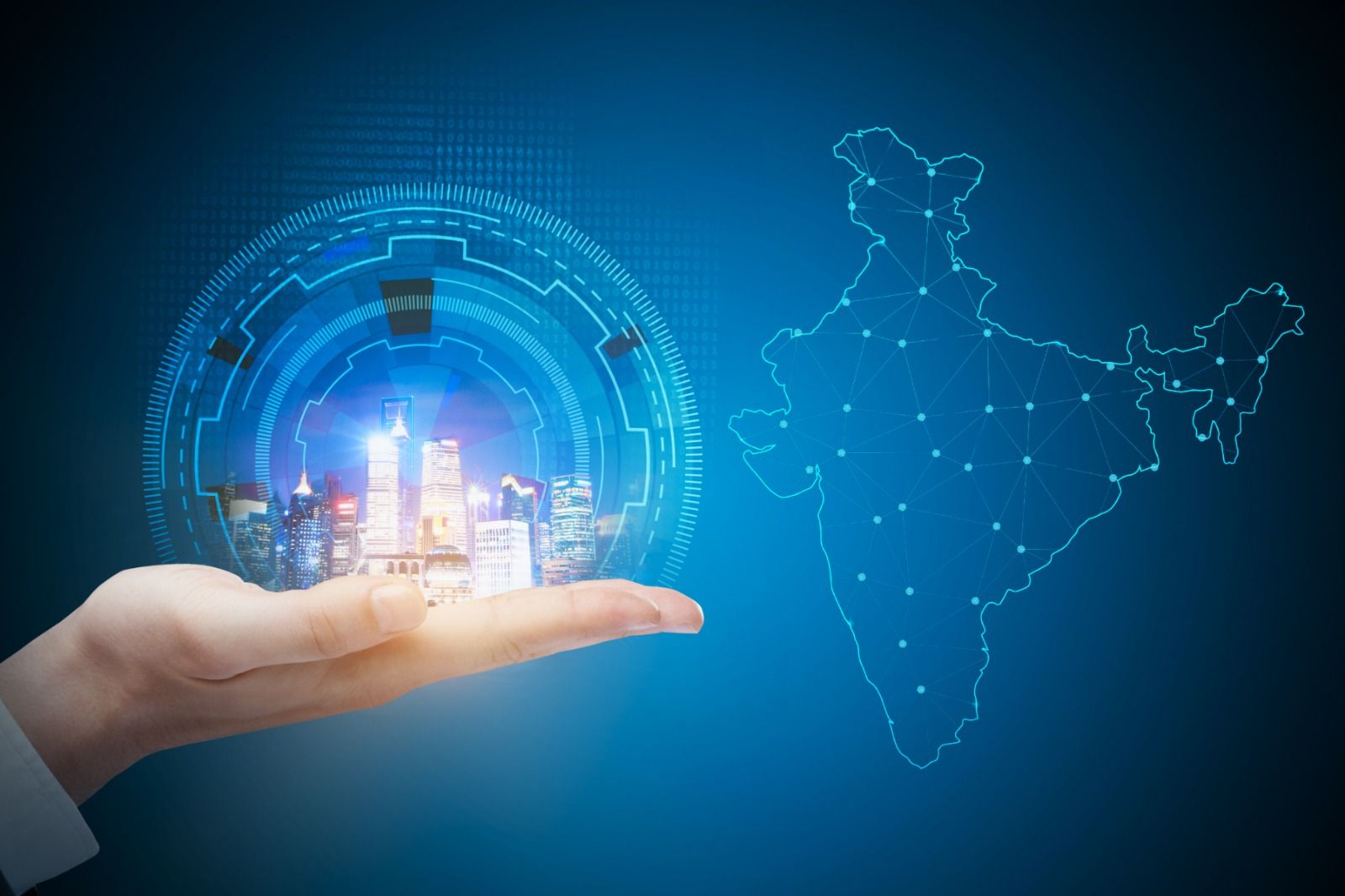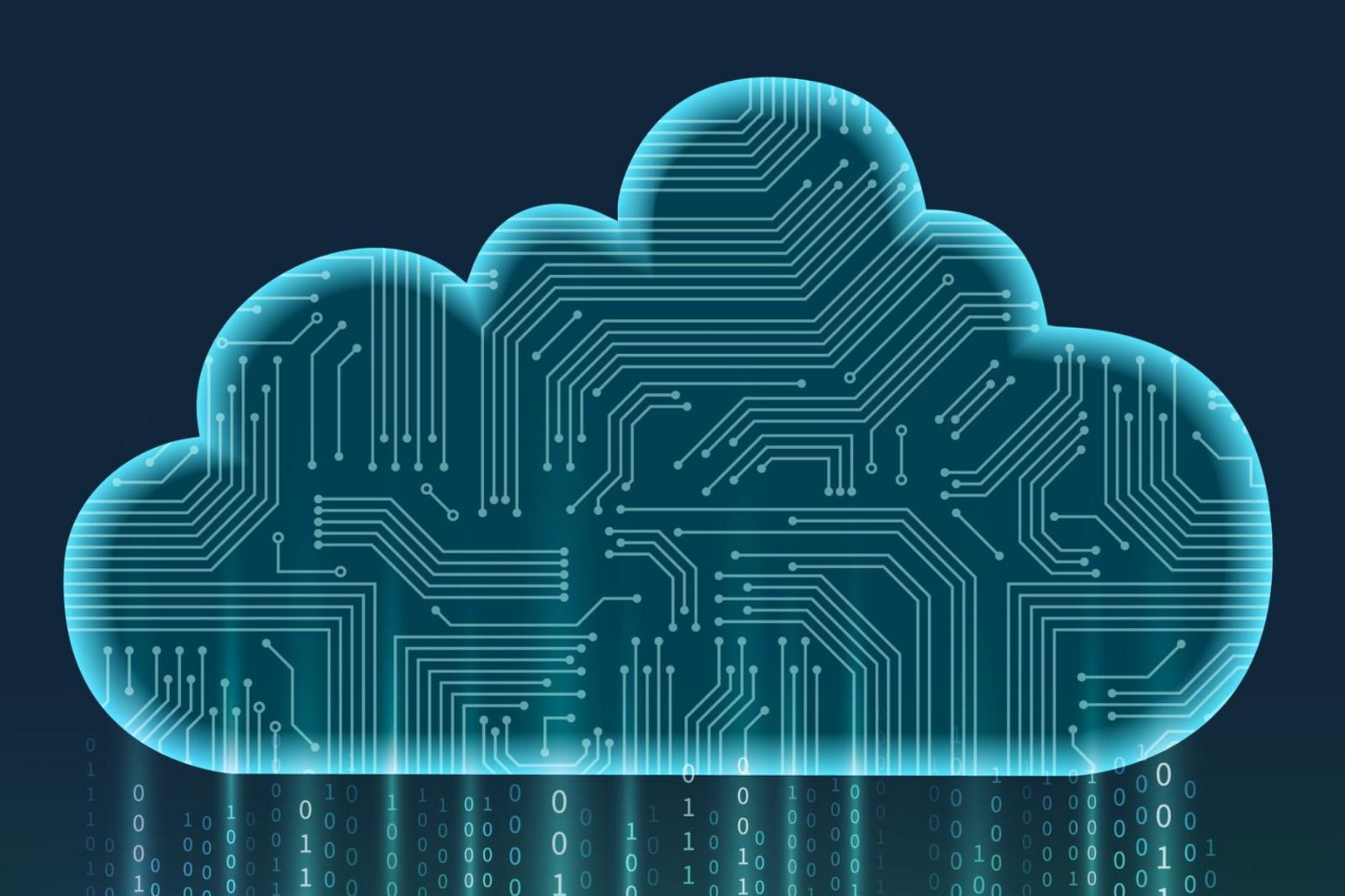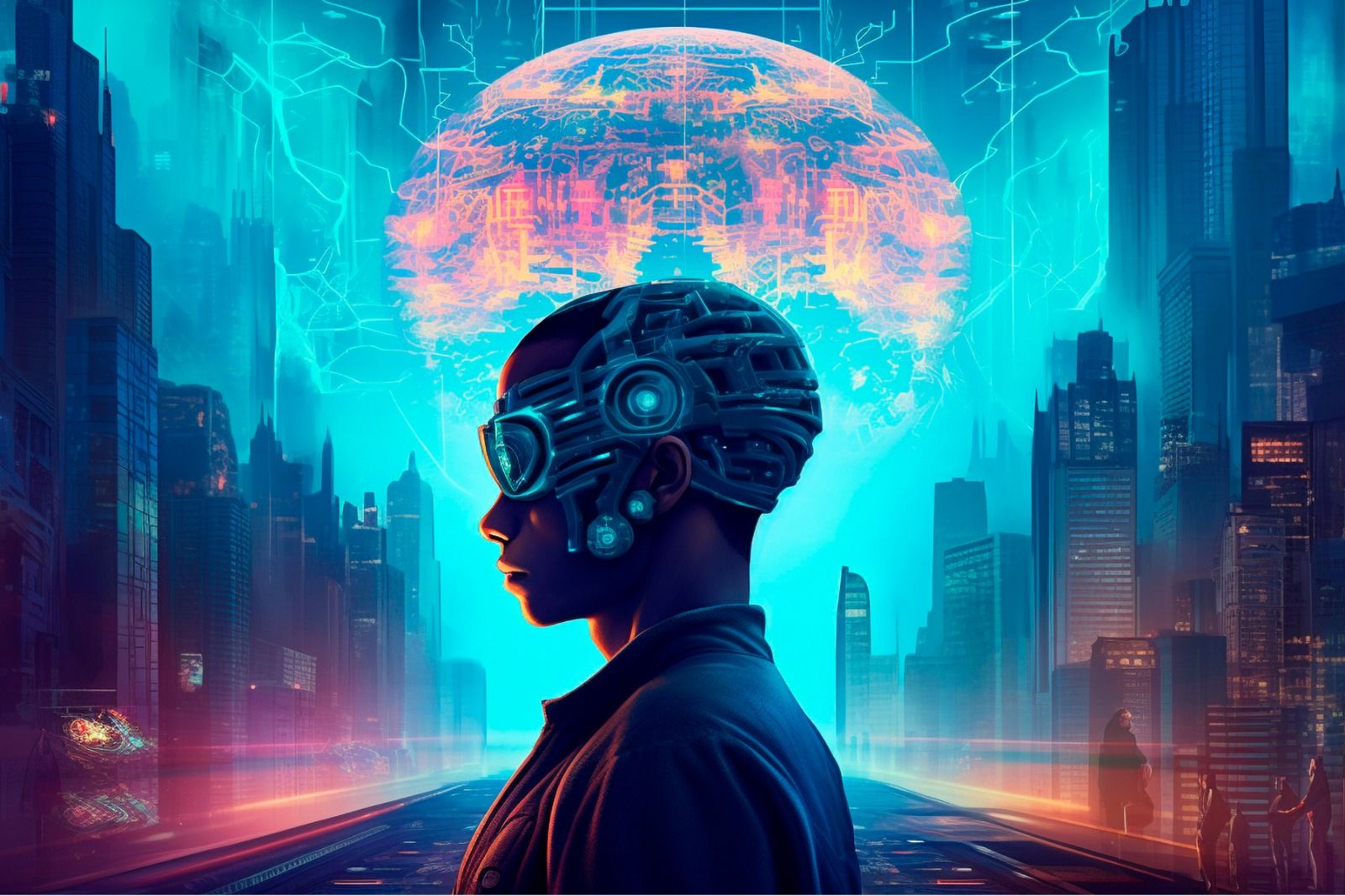As per IDC, the expenditure of cloud-specific services is expected to grow more than six times by 2020 compared to general IT spending as the adoption rate of cloud-computing systems is increasing. An excellent example of big companies utilizing the power of Cloud is Netflix. Their transition and transformation journey from legacy systems to cloud took about 7 years but the company is reaping benefits now in the form of increased service availability.Enterprises and their business applications are often backed with custom IT systems as they require heavy processing, customized configuration as well as resources. A big downfall of this system is that it requires extra manpower to be employed for managing these systems. But times are changing and so is the functioning of enterprises. Slowly adapting the cloud generation, startups and SMEs are leaning towards moving their existing applications as well as deploying new ones on a reliable cloud server.
Why moving apps directly to Cloud isn’t enough?
Hosting and deploying applications on cloud allows you to reap benefits like direct data sync, increased data accessibility, reduced costs, and redundancy etc. Though enterprises are readily accepting cloud for their upcoming applications, shifting existing apps to Cloud is not easy. Legacy IT systems that form the basis of large business applications are monolithic in nature. According to independent research conducted by Vanson Bourne, 47% companies agree that disparate data systems impact their organization in a negative manner while innovating, developing and reaching to markets with their services and products.They are also configured as per the static capacity of data centers which makes them even more unfavorable for utilizing the dynamic features of Cloud just by simply shifting the existing application. Moreover, in the case of deploying new applications on Cloud, enterprises need to train their overall teams accordingly as they were originally trained to work on traditional IT frameworks.Though application developers understand the dynamics of changing technologies like cloud computing, they might not be aware of the ideal approach that can reap optimum benefits. Here’s a detailed description of all the aspects that need to be kept in mind while choosing a cloud provider for deploying applications on Cloud.
Things to Consider For Deploying Applications on Cloud
The Ideal Platform for App Deployment
Cloud computing offers three models for hosting or deploying applications on a cloud server namely, IaaS (Infrastructure as a service), PaaS (Platform as a service) and SaaS (Software as a service). Depending on your business needs, you can choose the most suitable platform. Considering the usage of businesses, application developers and similar business, Cloud migration makes more sense for most of the established businesses.Cloud migration refers to the process of shifting your current services, data and other business components from on-premise to the cloud. It serves as an ideal choice because it allows you to avoid issues of vendor lock-in as you can always switch from one cloud provider to another based on your needs. As per recent studies more than one-third data will pass through the cloud and therefore, it is better to be prepared than to wait and watch. You should consider cloud migration services for your business as it provides you with the following benefits:
- Lower costs of infrastructure with the use of cloud
- Increased business agility
- Aids in situations of disaster recovery
- Helps you to be prepared for future needs
- Allows you to upgrade your current IT systems
Moving Legacy Applications
While moving and deploying data and applications via cloud migration services can turn out to be extremely beneficial for your business; you need to keep a few factors in mind before going ahead with it for your business.
- Your approach to cloud migration: In order to use cloud migration services effectively for your legacy apps, your first step is to determine how will you be using it for your organization. You need to conduct a software audit and check the status of all your existing applications.
If the effort of migrating an app is higher than its output value, you can filter it out. You can retire all the redundant applications once you’re done with the audit. Based on this, you can also map different applications and find out the dependencies before the migration process.
- Syncing development tools with Cloud: The next thing to check here is to consider if your development practices can fit in the cloud environment and if you shift the whole setup, what will be the access control policies for your code documentation. This step needs to be addressed if your development practices are leaned towards in-house development rather than using software tools. If you’ve developed your code using tools, syncing them on Cloud is fairly easy.
- On-Premise resource integration- Business software often integrate with other applications and resources such as databases for information fetching. When moving performing cloud migration, you need to figure out how these application resources will be accessed. For example, if client applications use a virtual private network to access on-premise elements due to security reasons, you need to check with your cloud service provider to ensure your needs.
- Supported development stack- Technology is evolving with growing needs and so are cloud server and migration offerings. Based on your choice of technology stack including languages and databases for your existing application development needs, you need to carefully choose a cloud provider that supports your application stack completely. Shifting your application to Cloud should offer easy and smooth development for your applications.
Selecting a Cloud Service Provider
Whether you need to shift an existing application to cloud or are looking for a cloud solution for deploying new applications, the most important thing to consider is the ideal cloud provider. With the expansion of cloud service providers over the years, the competition has also increased.But this doesn’t mean that the most popular provider could be suitable for your needs. You need to fix your requirements first and then thoroughly evaluate a suitable vendor that could provide you the best cloud server accordingly.
- The most valuable trait of cloud computing is that it allows you to deploy your application at minimum or low cost throughout the world. When choosing a cloud service provider, you must consider an option that allows you to deploy your application without any scalability issues. This way, your audience can access your application in a fast and easy manner.
- Another important factor to be aware of is vendor lock-in. Many cloud service providers might seem attractive to you as they provide you with proprietary APIs with built-in code. Choosing a provider based on this option might lead you to end up with vendor lock-in and can become difficult to move your application anywhere else when needed. Therefore, instead of choosing these as an easy go option, you should always stick to the technology stacks that you’ve already worked on and are comfortable with.
Prerequisites
Deploying applications on Cloud seems like an easy option and while it does take a lot of burden off your shoulders, there are a few prerequisites to keep in mind before executing the final step.
- Figure out the path through which all members of the system including the team and the customers access information. Based on this information, create workflows that make the process easier and more accessible through Cloud.
- Consider the job responsibilities of your team members and check for the chances of change in their roles due to this shift. You might want to signal the team about this priorly to avoid any end-minute chaos.
- Deploy your application features through an iterative methodology rather than executing everything at once. This will prevent your users from getting overwhelmed
- Cloud service providers update their applications according to the market and technology changes. Keeping this in mind, you must prepare your team for change management to avoid any hassle.
- Test and deploy your application and product updates repeatedly through a designed process.
Conclusion
Deploying applications on Cloud can turn out to be successful for your legacy as well as new applications if you take care of the above-discussed aspects beforehand. These will help you in choosing a cloud service provider that meets all the necessary characteristics.

